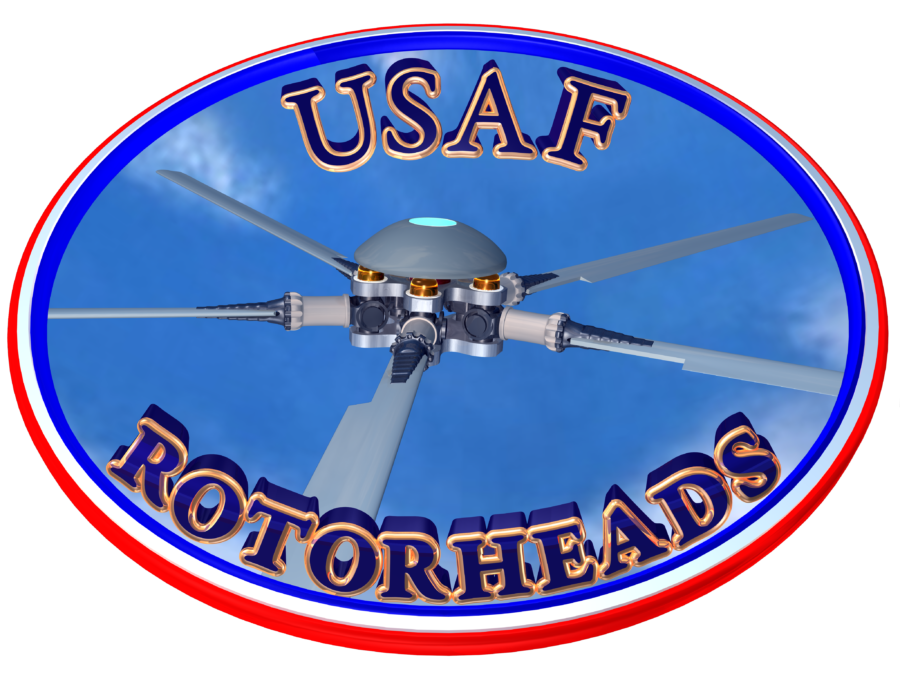Wright, LeRoy M.

Leroy M. Wright, SMSgt., USAF (Retired)
December 09, 1931 – November 04, 2001
Leroy Wright was born on December 9, 1931, in Minneapolis, Minnesota. He enlisted in the U.S. Air Force on August 20, 1952, and was trained as an aircraft engine mechanic before serving on Okinawa from June 1953 to November 1954. Sgt. Wright then served in the U.S. and later became a helicopter mechanic and crew chief, serving with the 341st Consolidated Aircraft Maintenance (CAM) Squadron at Malmstrom AFB, Montana, from October 1962 to October 1963, and with the 5010th CAM Squadron at Eielson AFB, Alaska, from October 1963 to October 1967. Sgt. Wright served at Forbes AFB, Kansas, from November 1967 to June 1968, and then completed CH-3C helicopter training and survival school before deploying to Southeast Asia in December 1968. He served as a helicopter mechanic and flight engineer with the 40th Aerospace Rescue and Recovery Squadron at Nakhon Phanom Royal Thai AFB, Thailand, from December 1968 to December 1969, followed by service as an instructor at the Aerospace Rescue and Recovery Center at Eglin AFB, Florida.
During his time at Eglin, Sgt. Wright volunteered for and participated in the Son Tay Raid, a clandestine mission to free American Prisoners of War in North Vietnam, on November 21, 1970. SMSgt. Wright’s final assignment was at Minot AFB, North Dakota, where he retired from the Air Force on June 1, 1976.
Leroy Wright died on November 4, 2001, and was buried at the Minnesota State Veterans Cemetery in Little Falls, Minnesota.
His Air Force Cross Citation reads:
The President of the United States of America, authorized by Section 8742, Title 10, United States Code, awards the Air Force Cross to Technical Sergeant Leroy M. Wright for extraordinary heroism while serving as a helicopter crew member of a Joint United States Task Force which conducted a rescue operation against the Son Tay Prisoner of War Camp in North Vietnam on 21 November 1970. Although suffering injury to his left foot and ankle during the landing in the prison compound, Sergeant Wright, despite the possibility of explosion, remained with the helicopter until all passengers and crew had exited the aircraft. Sergeant Wright then vigorously moved to an exposed area and, with complete disregard for his own life, placed extremely effective covering fire on enemy positions which endangered the operation thus freeing the Army element within the compound to continue its mission. Sergeant Wright, ignoring the intense pain from his injury, courageously moved unassisted more than 200 meters with the Army element to the extraction landing zone. Through his extraordinary heroism, superb airmanship, and aggressiveness in the face of the enemy, Sergeant Wright reflected the highest credit upon himself and the United States Air Force.
Integrity, Honor, and Respect
Some of the best things cannot be bought, they must be earned
©2023 USAF Rotorheads All Rights Reserved | Financial Statement

